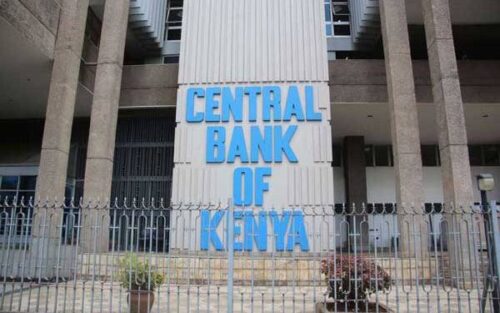
In a landmark regulatory move, the Central Bank of Kenya (CBK) has directed all commercial banks to begin disclosing the environmental impact of the businesses and projects they finance. This policy which is set to be fully enforced by late 2026 marks a crucial shift in how climate risk is treated in the country’s financial system.
The new rules give banks an 18-month transition period to build internal capacity, train teams on climate risk, and embed environmental screening into their credit assessment processes. At the heart of this initiative is the introduction of the Kenya Green Finance Taxonomy (KGFT), a locally tailored classification framework that defines what qualifies as “green” under both Kenyan and international climate standards.
Under the KGFT, banks will now be required to publicly disclose their exposure to climate-related risks. This includes funding activities in high-emission sectors such as oil and gas, mining, and large-scale agribusiness. The overarching goal is to direct financial flows away from industries that worsen climate change and toward those that support a sustainable, low-carbon future.
“The KGFT, which will remain a live and evolving document, initially focuses on climate change mitigation and adaptation,” CBK stated. “Other environmental areas such as biodiversity will be considered in future revisions.”
This move reflects a broader global trend where climate risk is no longer viewed as a mere reputational issue but a material financial concern. The taxonomy aims to equip lenders with a standardized, science-based language to distinguish between truly green investments and those that merely claim to be.
Greenwashing which is the practice of misrepresenting environmental credentials has become a growing issue in global finance. The CBK’s move seeks to combat this, ensuring that sustainability claims made by Kenyan banks and their clients are backed by measurable, verifiable impact.
The transition period offers banks a critical opportunity to prepare for compliance, while also allowing room for dialogue between the CBK and the banking industry to refine the taxonomy if needed.
By aligning with credible sustainability standards, Kenyan banks stand to benefit from increased transparency, stronger investor confidence, and access to emerging opportunities in green finance—such as climate-aligned loans and green bonds.
While the new rules may limit future financing for environmentally harmful sectors, they create a clear path for banks to attract climate-conscious investors and play a central role in Kenya’s transition to a green economy. The framework is expected to reshape lending priorities, strengthen risk management practices, and boost the credibility of environmental, social, and governance (ESG) reporting across the industry.
As global and local pressures mount to address the climate crisis, Kenya’s financial sector is being nudged into a more responsible and transparent future—one where sustainability is no longer optional, but foundational.


